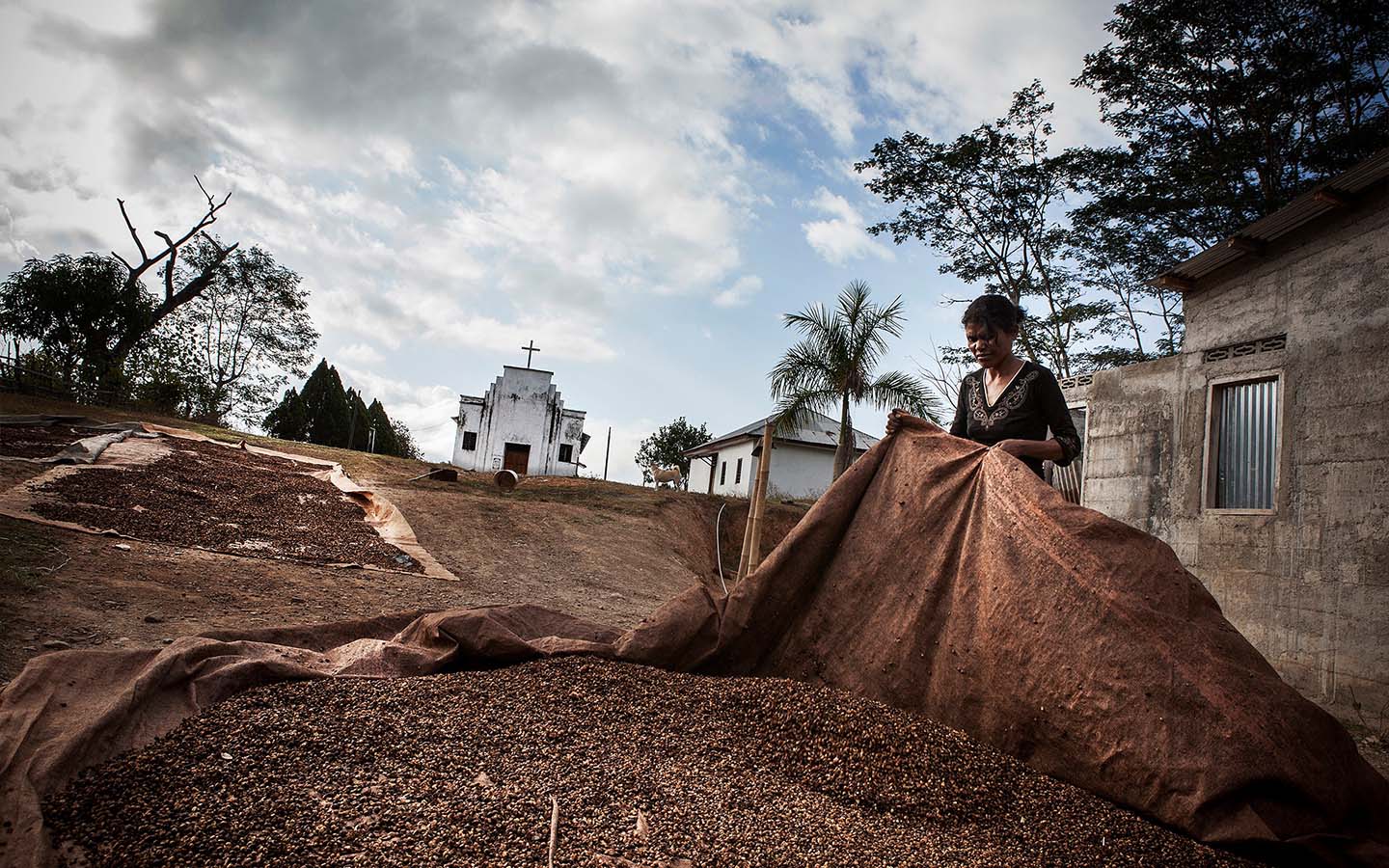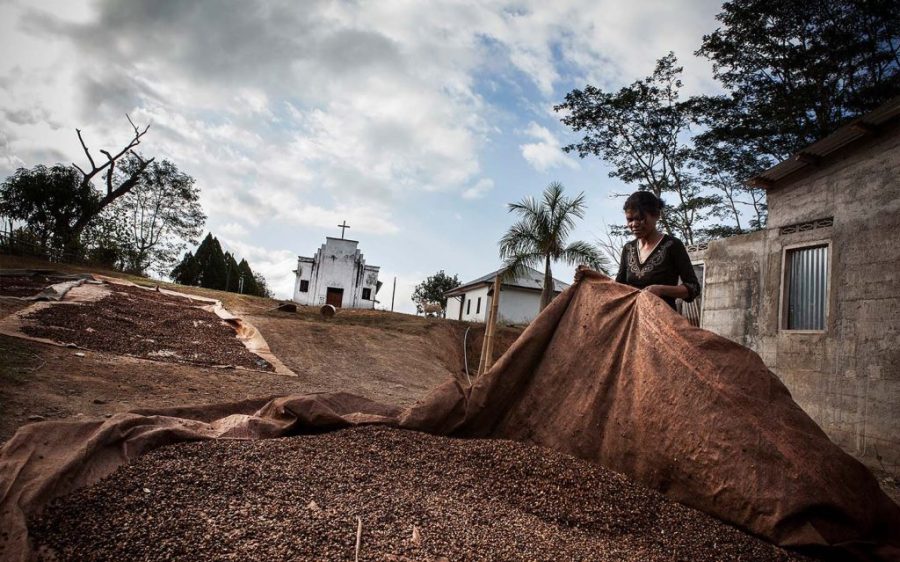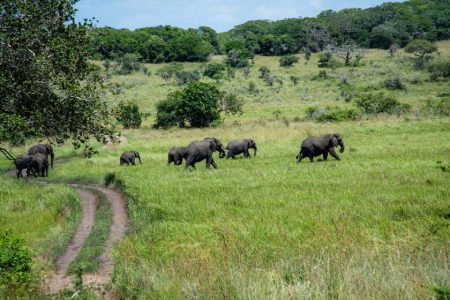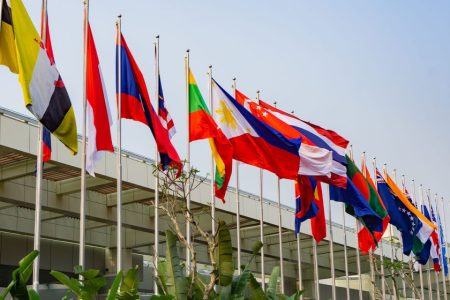The Coffee Association of Timor-Leste (known by its Portuguese initials ACT) is calling for Timorese coffee, particularly a game-changing Robusta-Arabica hybrid, to be added to the UNESCO World Heritage List.
“Coffee all over the world was being decimated [in the early 1900s],” Afonso Oliveira, vice president of ACT, explained. Arabica plants infected by coffee leaf rust were dying out, the bean prized for its mellow flavour no match for the fungal disease. Two plants discovered in Timor-Leste in 1927, natural hybrids that combined the flavour of Arabica with the disease resistance of Robusta, turned the tide.
The hybrid now known as HDT (Híbrido de Timor) came to light when Portuguese cultivators noticed two bushes producing well, and seemingly free of disease, in the municipality of Ermera, south of the capital Dili.
[See more: Guinea-Bissau makes a second World Heritage application]
Nearly a century later, HDT is the progenitor for around 99 percent of the varieties of rust-resistant Arabica coffee grown around the world.
Samples were sent back to Portugal, where scientists discovered that the plants were a naturally occurring hybrid, something not believed possible given the chromosome mismatch between the two parent plants – Arabica has 46, Robusta has just 23. After years of study, in 1965, the Portuguese distributed seeds all around the world.
HDT varieties are now grown in more than 50 countries, protecting producers from the continued threat of coffee leaf rust, which costs Arabica growers as much as US$2 billion annually.






